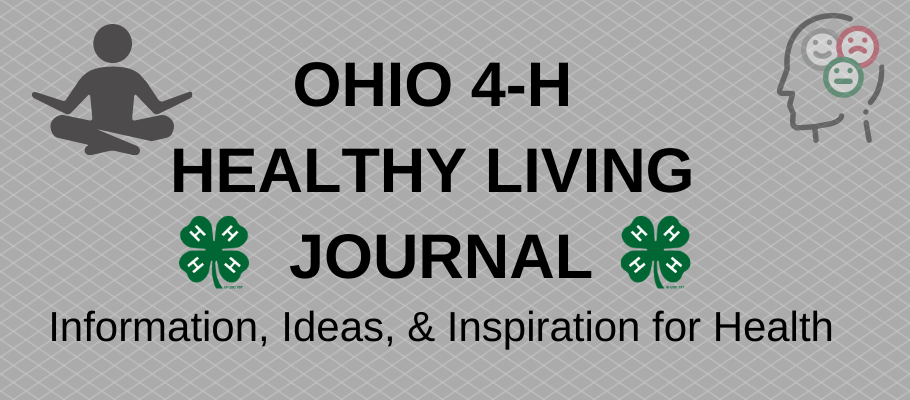Mindfulness is the ongoing process of paying attention to your thoughts, emotions, and experiences in a particular way: on purpose, in the present moment, and without judging. Earlier this month I wrote about getting started in mindfulness – what it is and why it’s important. Today’s post offers some ideas for make mindfulness part of your day. 
Mindfulness can help us do two things throughout our day:
- Be focused – you are able to concentrate on what you’re doing
- Be aware – you recognize distractions as they arise and return to focus
Let’s break down two types of mindfulness practices:
Formal mindfulness can be practiced through things like breathing exercises, guided relaxation, and meditation.
- Set aside time for mindfulness practices. Although the beginning and/or the end of the day make sense, there is no “right” time. Just figure out what makes the most sense to you. You can start out slowly and gradually increase the amount to time you devote to these practices. Setting aside a regular time may make it easier to establish mindfulness as a habit. However, short mindfulness breaks throughout the day can help us to make a transition from one activity to the next and can aid in focusing on the task at hand.
- Find an app that can aid your practice of mindfulness, with body scan, guided relaxation, or calming sounds. Read these reviews of five mindfulness apps to decide if one of them might work for you.
- Record yourself or a friend or family member reading a guided relaxation script. If apps aren’t your thing, you could make your own recording. Make sure to speak slowly and pause as you read.
Informal mindfulness means going about your daily activities in a more mindful frame of mind.
- Pay attention while you go about your everyday activities such as eating, doing chores, or taking a walk. We are often rushing through our day on autopilot. Instead, shift your focus to the sights, physical feelings, sounds, smells, and tastes of these activities instead.
- Spend some time without the distractions of technology and social media. To stay connected, we need to disconnect! Put your phone aside when interacting with others. Listening is an important skill to learn, and it will help you cultivate social connections. But it’s hard to pay attention when someone is speaking is notifications from your phone keep distracting you.
- Get outside. Research continues to show that there are many mental and physical benefits of practicing mindfulness in nature.
Resources for Mindfulness
1. Here are some resources for audio recordings of guided relaxations:
- Dartmouth College Student Wellness Center
- University of Illinois McKinley Health Center
- Maryland Loyola University (Includes videos and downloadable scripts)
2. A brief mindfulness activity that you can do involves your five senses. 
Focus on your five senses, one at a time. Try to mindfully experience each sense as you focus on it.
-
- Look: 5 things you can see
- Feel: 4 things you can touch
- Listen: 3 things you can hear
- Smell: 2 things you can smell
- Taste: 1 thing you can taste
Today’s Take-Away: The point of practicing mindfulness is to make it a habit or routine as part of a healthy lifestyle. Use the ideas and resources shared here to make mindfulness part of your day. Take it a step further and get others to join you – build in mindfulness practices as a regular part of your 4-H club meetings or other gatherings.
Yours in Health,
Theresa Ferrari, Extension Specialist, 4-H Youth Development
Resource: Banks, B., & Bercaw, S. (2018). Get Experience in Mindfulness: An Awareness and Acceptance Stress Management Program for Ages 10 & Up. University of Delaware.

